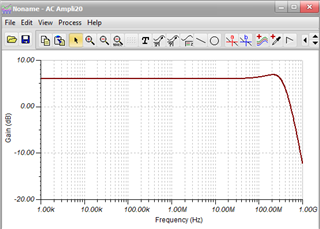Other Parts Discussed in Thread: THS3491, OPA695, LMH6702, OPA3695
Dear Sir or Madam,
I would like to use the OPA847 in non-inverting configuration at a gain of 2. Is there a recommended external compensation circuit for this configuration?
Best Regards
Uros










